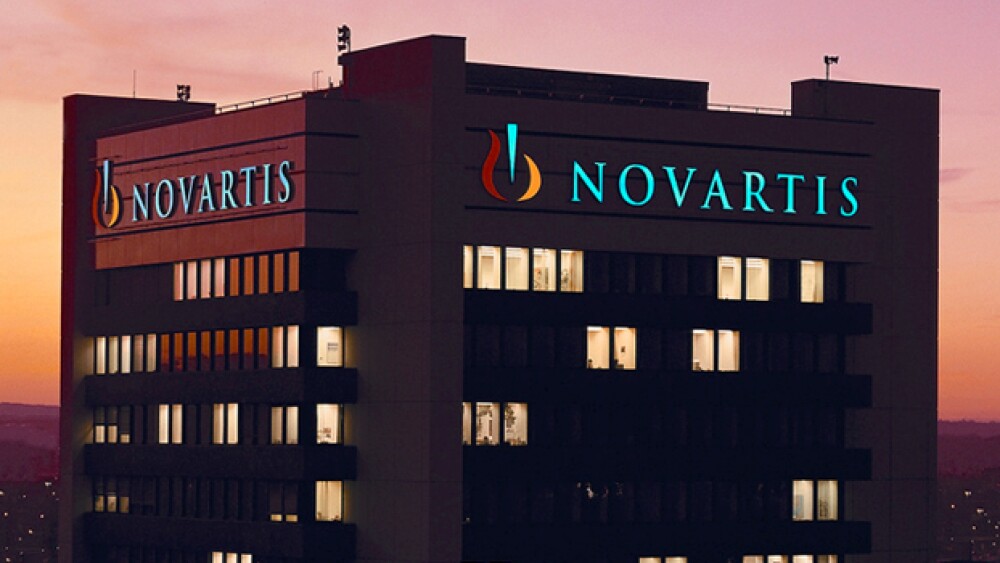New data from an ongoing late-stage study reinforced the safety and efficacy of Cosentyx (secukinumab) as a beneficial treatment for patients with psoriatic arthritis and ankylosing spondylitis.
New data from an ongoing late-stage study reinforced the safety and efficacy of Cosentyx (secukinumab) as a beneficial treatment for patients with psoriatic arthritis and ankylosing spondylitis.
This morning Swiss pharma giant Novartis released five-year extension data that showed rapid and long-lasting sustained improvement in the signs and symptoms of both ankylosing spondylitis and psoriatic arthritis. The five-year data will be presented at the 2018 American College of Rheumatology/Association of Rheumatology Health Professionals meeting in Chicago. The safety profile of Cosentyx during the five-year study remained consistent with previous data, the company said. To date, Cosentyx has been prescribed to more than 160,000 patients.
The five-year study builds on data released earlier this summer by Novartis at the European Congress of Rheumatology that showed Cosentyx could be a preferred treatment for the spinal disease ankylosing spondylitis. Cosentyx was approved by the U.S. Food and Drug Administration (FDA) for ankylosing spondylitis in 2016. At the time it was the first interleukin-17A (IL-17A) inhibitor approved for adults with ankylosing spondylitis. IL-17A is produced by various cells from both the innate immune system (which can be triggered by mechanical stress) and the adaptive immune system, Novartis said. Psoriatic arthritis and ankylosing spondylitis are both debilitating, chronic and progressive conditions. Both of these conditions can significantly impact mobility and, as a result, negatively impact patients’ quality of life. Approximately 70 percent of patients will form spinal fusions, which significantly reduces mobility.
Data from the Phase III FUTURE 1 and MEASURE 1 studies confirm that Cosentyx provides sustained improvements for both indications, Novartis said. In the FUTURE 1 study, 83 percent and 94 percent of patients with psoriatic arthritis achieved a “total resolution of enthesitis and dactylitis, respectively,” Novartis said. Novartis noted that FUTURE 1 is a two-year placebo-controlled Phase III pivotal study to assess the safety and efficacy of Cosentyx, which included 606 patients with active psoriatic arthritis. A total of 460 patients entered a three-year extension period following the initial two-year study.
The MEASURE 1 study was a two-year placebo-controlled Phase III study assessing the efficacy and safety of Cosentyx in patients with active ankylosing spondylitis. A total of 290 of 371 patients completed the trial, after which 274 patients entered a three-year extension period, Novartis said. Improvements in ASAS 20 and ASAS 40 responses were sustained out to five years in all dosage cohorts. Novartis noted that in the dose escalation cohort, ASAS 20 responses improved from 74 percent for 75 mg of Cosentyx and 82 percent for patients taking 150 mg of Cosentyx after a 72 week period.
Eric Hughes, global development unit head in Immunology, Hepatology and Dermatology at Novartis, said that five-year data is often seen as a benchmark for proving long-term efficacy and safety.
“By adding five-year data in PsA and AS to the already reported five-year data in psoriasis, we are reinforcing the robust profile of Cosentyx and reimagining the standard of care for patients who search for a complete treatment for spondyloarthritis and psoriatic disease,” Hughes said in a statement.





